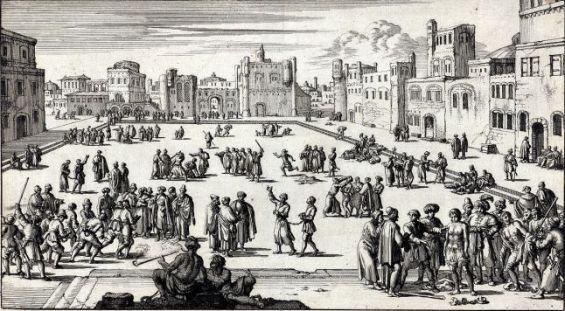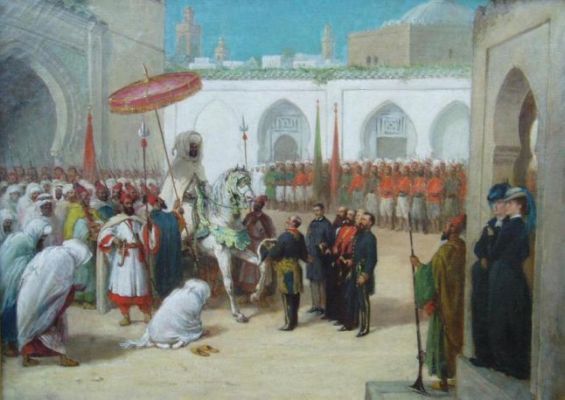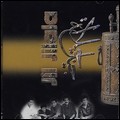White slavery was a common practice in the Kingdom during the reign of Sultan Moulay Ismail. Shortly after ascending the throne, the powerful sultan grouped Christian slaves in Meknes where he dreamt of building a great palace.
Historical accounts, tracing back the misadventures of Christian captives in Morocco, agreed on the fact that slaves were put to hard labor in the imperial city.
«Almost all (of these captives) were grouped together in the royal capital, Meknes, where they were used as a labor force», Ahmed Farouk wrote in an article titled «Quelques cas d’évasions de captifs chrétiens au Maroc, fin xviie- début xviiie siècle, selon le père Dominique Busnot» and published on Cahiers de la Meditteranee.
A palace that would outshine Louis XIV’s at Versailles
Christian slaves were driven to Meknes to realize one of Moulay Ismail’s biggest dreams. The Alaouite sultan had an «immense building program» that was inspired by the principal royal residence of France from 1682.
In his book «Holy War and Human Bondage : Tales of Christian-Muslim Slavery in the Early-Modern Mediterranean», (ABC-CLIO, 2009), historian Robert C. Davis recalled that the Moroccan sultan’s intention as he told European diplomats «was to create a palace complex that would outshine Louis XIV’s at Versailles».
The sultan’s projects made him hungry for slaves and motivated his plans for a «voracious market for slaves», Davis wrote. In fact, Moulay Ismail assigned the Kingdom’s corsairs to bring him every Christian «they could capture».

These new practices made of the Kingdom a hub of captives. In the same book, Davis reports that after the 1680s, «when the Salé rovers were fully mobilized at harvesting Christians, the population of European captives in all of Morocco may have been topped 25,000».
At least a fifth of these captives «were at work building Moulay Ismail’s grand palace in Meknes», the same source pointed out. Some of these captives, especially the newcomers, were «assigned to the least toilsome employments», including making mortar, sweeping streets, and serving in the stables.
Escaping hard labor
All these tasks were supervised by guards and «carried out under the constant threat of the lash», Davis wrote. The historian, quoting the account of some of those who survived slavery in the Kingdom, recalled that slaves «were whipped for making mistakes working too slowly, or taking the slightest pause».
According to the same account, those who proved that they were skilled enough, were sent to the ruins of Volubilis, near Meknes, to «saw, cut, cement and erect marble pillars» left by the Romans.
Describing their trip to the old Roman city, Davis wrote that these Christian captives were «marched out of Meknes and chained together in a line», after being pulled from their «matamoros» every morning.
The heavy manual work made some of these captives consider escaping the royal city, which was not an easy task. For those slaves who afforded escaping, the best way, according to Davis, was to hire smugglers, which were commonly known at the time as «metedors».

Metedors were «locals who knew the country and the various routes leading from towns like Marrakech or Meknes to the Spanish redoubts on the coast», the same book explained. The best metedors were the ones who knew the ins and outs of the desert and befriended tribes’ chiefs.
These smugglers took Christian captives to cities like «Mazagan or the Mediterranean shores, closer to ‘Christian lands’», stated Ahmed Farouk.
But escaping the ugly conditions of slavery in Meknes was a punishable attempt. Smugglers who were caught guiding or helping Christian slaves escape were faced with «exceptionally painful executions» ordered by the sultan himself. The latter would notify his local governors and send «mounted guards» for those who tried to flee the works of his palace, the same source concluded.





 chargement...
chargement...













